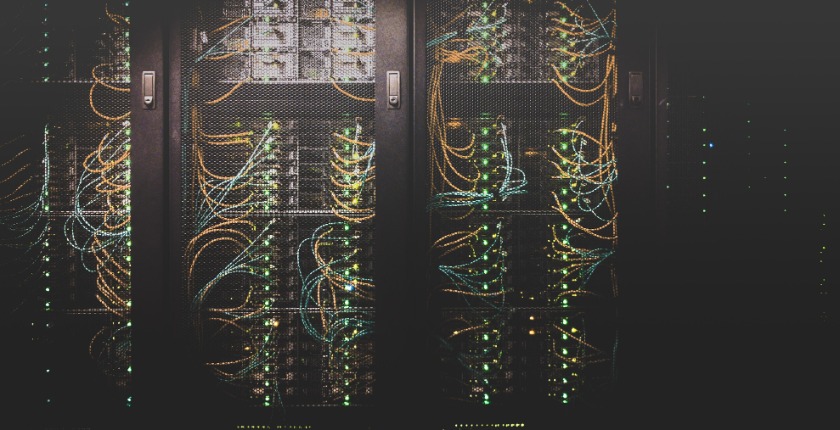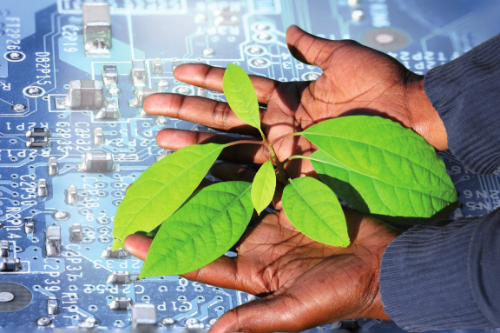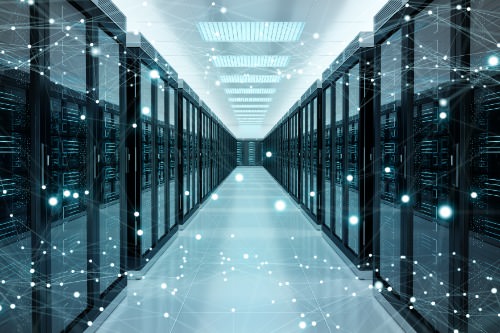News - February 12, 2020
February Focus: Promoting Digital Sobriety


Written by Tristan Lebleu 4 min read
How can we use the power of digital technologies to accelerate the ecological transition while reducing its impact on the environment?
How did you end up reading this article? According to Google Analytics, around half of you got here through a web search. But did you know that this simple digital enquiry emitted approximately 7g of CO2?
That’s actually a very decent amount of pollution, easily absorbable by a single tree in a day. However, every day Google processes 3.5 billion search queries... And now those 7 grams of carbon dioxide become a much larger issue. An issue known as “digital pollution”, and which accounts for 4% of all CO2 emissions, according to The Shift Project. The issue is expected to grow fast, as digital transformation of all aspects of our lives takes place.
The first step is to recognise the problem and its scale. Everything we do with digital technologies has an environmental impact, and web searches are just the tip of the iceberg. While the Internet may seem very abstract, it actually relies on very concrete elements to function, such as cables, servers, data centers, routers to name a few… All this equipment requires electricity to build and to function.
According to The Shift Project, in 2020 digital accounts for 3.3% of world energy consumption. As the world still mostly gets its electricity from fossil fuels, this means watching on-demand videos, sending emails, uploading photos into the cloud, using apps or scrolling through social networks… All these little things we do everyday on our phones and computers emit carbon dioxide.
Just a few figures:
- 1 email emits 10g of CO2eq;
- Every day, an average of 294 billion emails are sent;
- The average weight of web pages increased by 115 between 1995 and 2015;
- Watching a 30min show leads to emissions of 1.6kg of CO2eq;
- Online video streaming produced 30 million tons of CO2 emissions (equivalent to a country like Spain).
Digital pollution comes from the use of IT infrastructure, as much as from the manufacturing of digital devices. Energy and resources are also necessary to build hardware: there are currently approximately 5.5 billion smartphones in service, as well as computers, tablets, and IoT devices connected to the Internet. It is estimated that there are at least 40 metals present in a smartphone, and building a laptop requires 240kg of fossil fuel, 22kg of chemicals, and 1,5 litres of water. So the habit of changing our phones, tablets and computers as soon as a new version appears is very harmful to the environment. According to Frédéric Bordage in his book “Digital Sobriety”, 80% of the energy costs of a smartphone occurs at the time of its manufacture, rather than during its usage. Repairing and refurbishing old devices can therefore significantly lower their environmental costs.
Once used and thrown away, these devices become electronic waste (known as e-waste), which pollute the environment and can be dangerous for people’s health. Copper, lead and tin, gold, silicon for semiconductors, tantalum or lithium... e-waste contains 5 of the world's 6 most dangerous pollutants listed by Green Cross International.
As the world is increasingly dependent on digital tools, we need to seriously rethink our use of these technologies and promote “digital sobriety”, defined by The Shift project as the following: “buy the least powerful equipment possible, change them as rarely as possible, and reduce unnecessary energy-intensive uses”.
Individuals and companies have a key role to play to promote digital sobriety thanks to responsible behaviours. Deleting old emails, cleaning your inbox and unsubscribing from polluting newsletters, limiting receivers copied in your emails, stopping useless queries when searching via search engine, sending lighter emails, limiting usage of Cloud to maximum, or prioritising television over streaming… These are just some of the things you can do to limit your impact on the environment.
Technology can also help us reduce the impact of network infrastructure. Here are some of the labelled Solar Impulse Efficient Solutions tackling the issue of digital pollution:

Written by Tristan Lebleu on February 12, 2020






